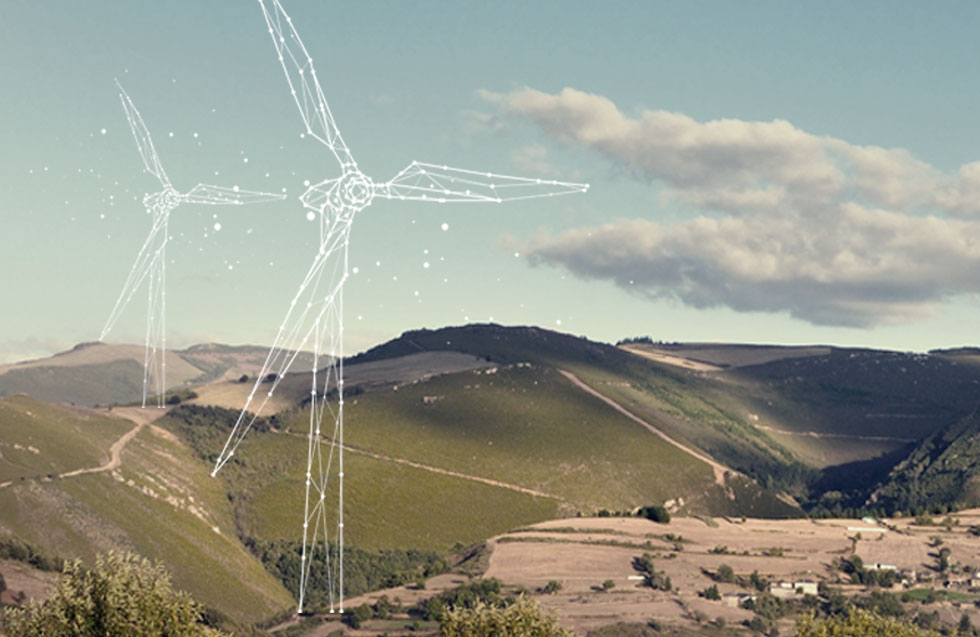Greenalia´s 50 MW Fonsanta wind farm in Spain now in public exhibition phase

- Fonsanta will developed in the municipalities of Bande and Verea (Ourense, Galicia)
- The project foresees over 41 million euros investment and over 500 jobs mobilized
- The operating wind farm allows for a 600 tCO2 reduction in atmospheric emissions
Greenalia continues to develop its project portfolio. 50 MW Fonsanta WF achieves a new milestone today in Bande and Verea Municipalities, in the province of Ourense (Spain) as published in the Official Gazette.
Fonsanta is composed of 12 wind turbines that will be installed within O Vieiro zone, part of the Galician Wind Sectorial Plan. The project guarantees the environmental protection and technical viability of the project as detailed in the published proposal and the corresponding technical assessments and reports.
This 50 MW WF will have a production capacity of 153,163 MWh/year, equivalent to the consumption of 43,480 families and generating a reduction of 56,670 tons of CO2 atmospheric emissions.
The wind turbines have a 4.2 MW unit power, with the exception of one of 3.8 MW, a 112 meters hub height of 112 and a 150 meters rotor diameter. The total investment adds up to 41 million euros and over 650.000 euros will go to local administrations through fees and taxes.
It will not affect areas protected by the Galician Network of Protected Areas and the Natura 2000 Network. Likewise, the areas included in the Galician Catalogue of Wetlands have also been excluded. Its location is also outside bird protection areas (IBAs).
In avifauna terms, the study shows that ornithological interest is limited due to the low number located over months. Likewise, no specific migratory corridor has been detected. In any case, to avoid possible collisions that may occur, a series of preventive measures are established. Thus, the possibility of painting a blade in black on each wind turbine is foreseen, an aspect that has been proven to significantly reduce the risk of collision.
Regarding cultural heritage, the study reflects the compatibility of the installation. As a preventive measure, a clearing is established prior to the constructive and prospecting actions on areas currently covered with weeds and vegetation to verify the possible existence or not of cultural assets, beyond the cartographic analyses. Finally, a package of environmental measures is introduced, including a restoration plan over 13.290 m2.




